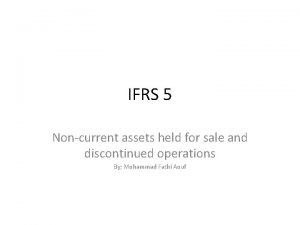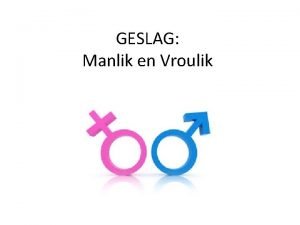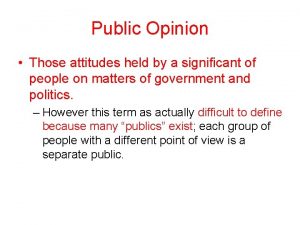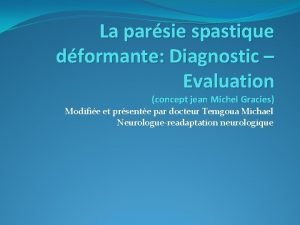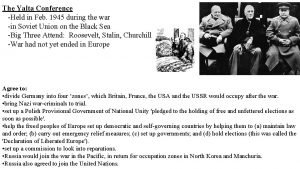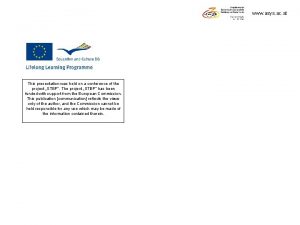This presentation was held on a conference of

















- Slides: 17

This presentation was held on a conference of the project „STEP“. The project „STEP“ has been funded with support from the European Commission. This publication [communication] reflects the views only of the author, and the Commission cannot be held responsible for any use which may be made of the information contained therein. Children Social Care Hackney Model Helsingfors 22 nd May 2012

London

London Population of Greater London: 7, 7 million (2005) Wider metropolitan area has an estimated population of 14 -15 million people 2001: 71. 15% classed their ethnic group as white, including the White British (59. 79%), White Irish (3. 07%) or "Other White" (8. 29%, mostly Greek and Turkish Cypriot, Italian and French). 12. 09% classed themselves as British Asian, including Indian, Pakistani, Bangladeshi and "Other Asian" (mostly Sri Lankan, Arab and other Southern Asian ethnicities). (Wikipedia)

London 300 languages spoken London's foreign-born population is 31% 27. 1% of Greater London's population were born outside the UK The largest religious groupings in London are Christian (58. 2%), those of no religion (15. 8%), Muslim (8. 2%), Hindu (4. 1%), Jewish (2. 1%), and Sikh (1. 5%).

London Borough of Hackney

London Borough of Hackney Host of the Olympic Games 2012 Population: 214 000 40% describe themselves as White British, (15%) are in other White ethnic groups ( 30% are Black or Black British, 9. 4% are Asian or Asian British, 8, 501 4% describe themselves as 'Mixed', 3% as Chinese or Other.

Changing the narrative about social work

Whole Systems Change -Clear methodological approach to practice supported by investment (time and money) in professional development - flatter, wider, approachable management team - devolved decision making to front line practitioners (matrix of responsibility) - shared accountability for risk and accommodating children - review of back office systems that constrain practice – finance, IT, - robust performance management -Organisational learning – feedback loops

Methodology Systemic Social Work? Social Work informed by Systemic thinking?

2 nd Order Perspective Judging / Doing ‘to’ Collaborating / Doing ‘with’

Ideas that permeate The power of conversation -Changing language -Changing Ideas -Changing Approach Training Social Work Systemic Approach

Working with multiple systems Families Colleagues within the organisation Colleagues in other organisations Wider Community

The difference that makes a difference – building a different sort of organisation CONSULTANT SOCIAL WORKER -Multiple voices -Embracing difference -Reflective space -Keeping an open mind -Reflective Practice SOCIAL WORKER CHILDREN’S PRACTITIONER FAMILY THERAPIST / CLINICAL PRACTITIONER UNIT CO-ORDINATOR

Why Units? • Skill mix • High frequency case supervision – assessment, planning, review • Multiple voices • Robust administrative support to free up practitioners to work with children, young people and families • Culture of generosity • Culture of learning

Weekly Unit Meetings • • • Assess, plan, review Manage risk Slow down, think rather than react Take another position, consider alternative hypothesis Observe your own actions and reactions Share learning Record progress Review decisions CSWs are the decision makers Accountability tool

Service Outcomes and Gains • Reduction in numbers of children in care • Maintaining more children within their families and communities • Some of the best education results for children in care in the country • 50% less sickness (a challenge for Hackney historically) • Confident practitioners • Improved relationships within and beyond the organisation • Happy, enthusiastic staff and managers

What we’ve learned Ø in depth, high quality teaching of concepts Ø high frequency, skilled supervision Ø space for thinking and reflection Ø critical mass of learners - good learning environment, practitioners take risks together, wider influence ØSystemic Social Work
 Brow presentation birth
Brow presentation birth 4 maneuvers of leopold
4 maneuvers of leopold Closely held corporation def
Closely held corporation def A moving cart slows slightly as it rolls toward a spring
A moving cart slows slightly as it rolls toward a spring How are ionic compounds held together
How are ionic compounds held together An auditor can be held liable under companies act 1949 for
An auditor can be held liable under companies act 1949 for The prophy angle is held in a __________ grasp.
The prophy angle is held in a __________ grasp. Ias non current assets
Ias non current assets Vroulike vorm van pianis
Vroulike vorm van pianis Genitiv relativpronomen
Genitiv relativpronomen Pumpkin tossing
Pumpkin tossing Attitudes held by a significant number
Attitudes held by a significant number Disc vs drum brakes
Disc vs drum brakes A vassal owed his first loyalty to his
A vassal owed his first loyalty to his No person shall be held to answer for a capital
No person shall be held to answer for a capital Branch accounts
Branch accounts Holding hot food without temperature control
Holding hot food without temperature control Echelle tardieu
Echelle tardieu







